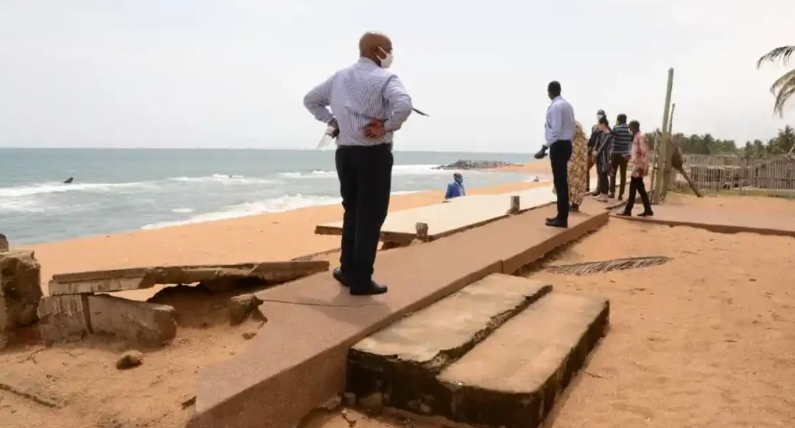Antarctica is at the center of the climate crisis. Cyril Gomez, Deputy Director General of the Oceanographic Museum, highlights the importance of protecting this unique region and the initiatives taken by the institution to raise awareness among policymakers and the general public. These efforts align with the commitment of Prince Albert II, who participated in the Antarctica 2024 expedition and actively supports the creation of Marine Protected Areas.
Would you like further information about the museum’s initiatives or the specifics of the expedition?

How did the idea for Antarctica 2024 come about within the Oceanographic Institute?
Since 2022, we have launched a polar program combining conferences, impactful international actions, and a major exhibition, Mission Polaire, which recently concluded after raising awareness among 1.7 million visitors about the beauty and fragility of the polar regions. As part of this multi-year program, the scientific and engagement voyage Antarctica 2024 naturally emerged as a focal point of these initiatives, providing an opportunity to bring together scientists, business leaders, and political decision-makers. In total, around 180 people were on board.
The choice of the Weddell Sea, in the Antarctic Peninsula, quickly became evident as it is a little-explored area that has been the subject of a proposed Marine Protected Area unfortunately stalled since 2016. We designed the journey, its itinerary, and its program in response to the needs expressed by the scientists who accompanied us.
Among the initiatives, the drone survey of the Danger Islands, home to the world’s largest Adélie penguin colony, enabled the creation of a 3D model. This archipelago has recently been designated as a specially protected area of Antarctica. While this designation only protects the land and not the surrounding waters, it represents a crucial first step in preserving this exceptional region.

The Prince participated in this journey with his wife, Hereditary Prince Jacques, and Princess Gabriella. What were the highlights?
The presence of Prince Albert II, whose commitment to protecting the Ocean and the polar regions is widely recognized, was an invaluable asset. Onboard were many highly motivated business leaders, and we organized numerous working sessions dedicated to developing concrete solutions to preserve the Southern Ocean and make their industries more responsible. These conferences and discussions, in which the Prince always actively participated, were a resounding success! They facilitated rich exchanges between Prince Albert II, the participants, and the expert scientists in attendance. Witnessing these prominent figures collaborate in the pursuit of solutions was particularly inspiring.
As you mentioned, Princess Charlene accompanied him along with Hereditary Prince Jacques and Princess Gabriella. A specific program, including workshops and activities, was designed for all the young participants onboard (aged 8 to 15), helping them explore and understand what they were observing. At the end of the journey, each young passenger, including the princely children, was invited to present on stage their takeaways from this unique experience.
The expedition lasted approximately ten days, including a day and a half of crossing, both outbound and return, to traverse the Drake Passage, which connects South America to the Antarctic Peninsula.

After this journey, the Oceanographic Institute published a particularly rich book, A Plea for Antarctica, covering its history and role. How do you plan to make it accessible to the public?
Our goal with this Plea is to highlight the stakes involved in protecting Antarctica. The combination of this engagement journey and the book is an original initiative. It represents a meeting point between two worlds that rarely intersect—science and the private and entrepreneurial sectors. These spheres, with their differing challenges, timelines, and approaches to action, ultimately found common ground in the shared necessity to protect the Southern Ocean.
Over the course of the ten days, a dialogue was established, enabling participants to learn from one another and collaborate. The shared testimonies of scientists and economic leaders featured in this book illustrate the importance of going beyond science purely for knowledge to promote action and collective commitment. To achieve this, we must engage the private sector. Today, UN Sustainable Development Goal 14 on the Ocean is the least-funded of all. It requires seven times more resources to ensure sustainable ocean management. We cannot afford to exclude the private sector from this effort.
This book, designed as a practical tool, was created to be accessible to the general public because without their support, no action is possible. We are sharing it during events, professional meetings, and within our scientific networks and partnerships. It is also available in bookstores.

Source: lagazettedemonaco



